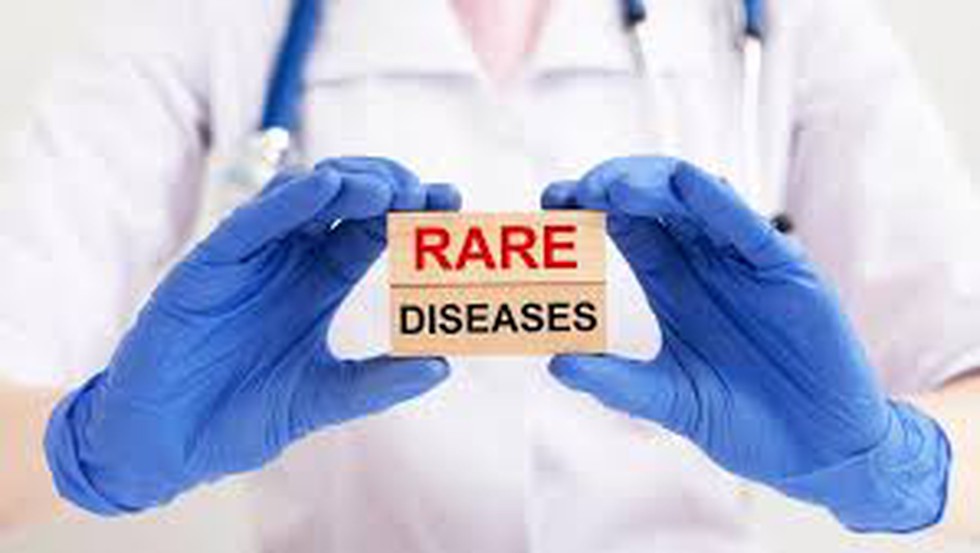About Rare Diseases:
- A rare disease is a health condition of low prevalence that affects a small number of people compared with other prevalent diseases in the general population.
- There are 7,000-8,000 classified rare diseases, but less than 5% have therapies available to treat them.
- A condition is considered to be a rare disease if its prevalence is less than one case per 1,000 population.
Categories of rare diseases
- In India, rare diseases are categorised into three groups based on the nature and complexity of available treatment options.
- Group 1 includes diseases that can be treated with a one-time curative procedure.
- Group 2 diseases require long-term or lifelong treatment which are relatively less costly and have shown documented benefits, but patients need regular check-ups.
- Group 3 diseases are those for which effective treatments are available, but they are expensive and must often continue lifelong. There are challenges in selecting the right beneficiaries for these treatments.
Financial assistance for rare diseases in India
- In 2021, the National Policy for Rare Diseases (NPRD) was launched, under which financial assistance up to Rs 50 lakh is provided to patients receiving treatment at identified Centres of Excellence (CoE).
- The CoEs include AIIMS in Delhi, PGIMER in Chandigarh and the Institute of Postgraduate Medical Education and Research at Kolkata’s SSKM Hospital.
- The Union Health Ministry opened a Digital Portal for Crowdfunding & Voluntary Donations with information about patients and their rare diseases, the estimated cost of treatment and bank details of the CoEs.
- Donors can choose the CoE and patient treatments they wish to support. Each CoE also has its own Rare Disease Fund, which is used with approval from its governing authority.
